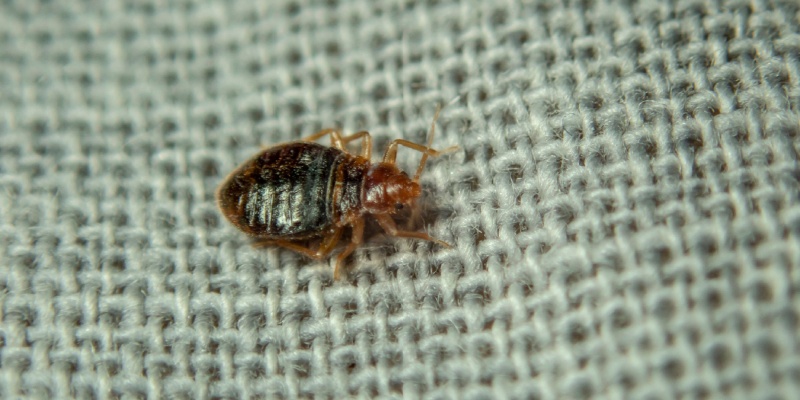Bed bugs are sneaky, resilient pests that can be challenging to detect. Early identification of a bed bug infestation is crucial for effective control and minimizing the spread. Understanding the signs and symptoms of bed bugs can help you determine if you have a problem and take swift action to address it.
Recognizing Bed Bug Bites
One of the most common signs of a bed bug infestation is the presence of bites. Bed bug bites typically appear as small, red welts that are itchy and often arranged in a line or cluster. However, not everyone reacts to bed bug bites in the same way; some people may not notice them at all, while others may develop more severe reactions.
Bites are usually found on areas of the body that are exposed while sleeping, such as the arms, legs, neck, and face. If you wake up with unexplained bites, especially if they are itchy and appear in clusters, bed bugs could be the culprit.
Visual Signs of Bed Bugs
In addition to bites, there are several visual signs that can indicate the presence of bed bugs:
- Live Bed Bugs:
Adult bed bugs are small, about the size of an apple seed, and reddish-brown in color. Nymphs (young bed bugs) are smaller and lighter in color, making them harder to spot.
- Blood Stains:
After feeding, bed bugs may leave behind small blood stains on sheets, pillowcases, or pajamas.
- Fecal Spots:
Bed bugs excrete digested blood, which appears as dark brown or black spots. These spots are often found on bedding, mattresses, box springs, and walls.
- Shed Skins:
As bed bugs grow, they shed their exoskeletons. These shed skins can accumulate in areas where bed bugs are hiding.
- Musty Odor:
A strong, sweet, musty odor may indicate a heavy bed bug infestation. This smell is caused by the bed bugs’ pheromones and can be more noticeable in confined spaces.
Inspecting Common Hiding Places
Bed bugs are experts at hiding, making it essential to thoroughly inspect your home if you suspect an infestation. Some common hiding places include:
- Mattresses and Box Springs:
Check along the seams, tufts, and edges for signs of bed bugs or their excrement.
- Headboards and Bed Frames:
Bed bugs often hide in cracks, crevices, and joints in headboards and bed frames.
- Furniture:
Inspect upholstered furniture, particularly in seams, folds, and cushions.
- Baseboards and Electrical Outlets:
Bed bugs can hide in cracks and crevices along baseboards and even inside electrical outlets.
- Luggage and Clothing:
If you’ve recently traveled, inspect your luggage and clothing for signs of bed bugs.
What to Do If You Find Bed Bugs
If you find evidence of bed bugs in your home, it’s important to take immediate action to prevent the infestation from spreading. While some people may attempt to handle the problem themselves, bed bugs are notoriously difficult to eradicate without professional help. At Abarb Pest Control, we offer comprehensive bed bug control services that are tailored to your specific situation.
Our team begins with a thorough inspection to confirm the presence of bed bugs and assess the extent of the infestation. We then develop a customized treatment plan that may include heat treatments, chemical treatments, and follow-up visits to ensure the bed bugs are completely eliminated.
Preventing Future Infestations
After dealing with a bed bug infestation, you’ll want to take steps to prevent a recurrence. Regular inspections, particularly after traveling, can help you catch bed bugs early before they have a chance to spread. Additionally, using bed bug-proof mattress covers, regularly vacuuming your home, and being cautious with second-hand furniture can reduce the risk of future infestations.
Determining if you have bed bugs requires vigilance and attention to detail. By understanding the signs and knowing where to look, you can take the necessary steps to protect your home from these persistent pests. If you suspect a bed bug infestation, reach out to Abarb Pest Control today!
